Summary and Key Points: The UK’s Royal Navy aircraft carrier HMS Prince of Wales is set for an ambitious eight-month global deployment as part of Operation Highmast, aiming to strengthen defense partnerships in Europe and the Indo-Pacific.
-Despite being a significant show of maritime strength, recurring mechanical problems with the carrier’s propeller shafts raise concerns about reliability.
-Additionally, debates continue over strategic priorities: critics argue that Europe’s security, especially amid Russian aggression, demands greater focus.
-Nonetheless, the deployment includes multinational escorts, F-35 fighters, advanced helicopters, and drones, underscoring Britain’s determination to demonstrate naval capabilities—provided mechanical issues don’t undermine this critical mission.
HMS Prince of Wales Slated For Large Deployment, Will Problems Appear?
Next week, the United Kingdom’s Royal Navy aircraft carrier HMS Prince of Wales, the second of two carriers in the Queen Elizabeth-class, will depart on an eight-month deployment to participate in major exercises in the Mediterranean, Indian, and Pacific Oceans.
This deployment is a significant step for the British carrier, as the class has suffered from recurring propeller shaft issues. Operation Highmast aims to strengthen defense cooperation and demonstrate the UK’s capacity for global maritime operations.
HMS Prince of Wales carrier strike group (CSG25) will depart Portsmouth on April 22 to reaffirm the UK’s commitment to security for Europe and the Indo-Pacific—two regions critical to global stability and the UK’s national interests.
The Carrier Strike Group Composition
The UK is deploying the destroyer HMS Dauntless (D33), the HMS Richmond frigate, an Astute-class nuclear-powered attack submarine, and a Royal Fleet Auxiliary fleet oiler.
Canada’s frigate HMCS Ville de Québec (FFH332) departed Halifax to join the strike group off the coast of Europe. It will proceed to the Indo-Pacific as part of Operation Horizon, the Canadian Armed Forces’ presence operation in the Indo-Pacific.
Norway will deploy frigate HNoMS Roald Amundsen (F311) for the entire deployment, while fleet oiler HNoMS Maud (A530) will support the strike group during part of the deployment. Spain is expected to attach a frigate to the carrier strike group while operating in the Mediterranean.
Twenty-four F-35B Lightning II fighters are slated to take part in the exercise from the “Dambusters” of RAF Squadron 617, and the “Phoenix” of Naval Air Squadron 809 will embark with the carrier strike group, according to the UK release. The UK has only 34 F-35s, but another 48 are expected to be in service by the end of the year.
Merlin Mk2 antisubmarine warfare helicopters from Naval Air Squadron 820 will deploy on the carrier, with Naval Air Squadron 812 deployed on the CSG’s escorts and Wildcat helicopters of 815 NAS on its escorts.
The strike group will also test the use of unmanned aerial vehicles to transfer supplies between ships during the deployment with nine Malloy T-150 octocopters of Naval Air Squadron 700X. The T-150 has an endurance of between 20 and 40 minutes, a top speed of 60mph, and the ability to lift up to 68kg.
Should the Prince of Wales Stay In Europe?
There is some debate in the UK about whether the Prince of Wales carrier strike group (CSG 25) should be making this deployment at all. Since 2021, the Royal Navy has declined in strength, and deploying the carrier group is a significant cost and operational strain. More critically, the threat to Europe has increased, and there is a credible argument that deterring Russia should be the primary focus of all UK military activity.
While Putin’s army has been bloodied heavily in Ukraine and isn’t expected to be a threat to Western Europe for some time, their Air Force and Navy remain formidable opponents. Having CSG 25 so far from home waters leaves the nest bare.
Then, there is the threat in the Red Sea. The Houthi rebels, an Iranian proxy in Yemen, have constantly attacked shipping in the Red Sea. The Houthis have previously targeted Royal Navy ships. The terrorist group accuses Britain of “sponsoring the ongoing crime against civilians in Gaza.”
The Chinese will not be pleased to see a Royal Navy CSG conducting a freedom of navigation operation around Australia.
Issues With The Aircraft Carriers Present a Constant Worry
Since its initial launch, the Queen Elizabeth carrier class has been beset by problems. Last year, the HMS Queen Elizabeth was set to lead a CSG during NATO Exercise Steadfast Defender in February.
However, the Royal Navy stated that “routine pre-sailing checks” undertaken on February 2 had identified “an issue with a coupling on [HMS Queen Elizabeth] starboard propellor shaft.”
In August 2022, HMS Prince of Wales encountered issues related to the carrier’s starboard propellor shaft, which brought the carrier’s Atlantic crossing to participate in exercises off the US eastern seaboard to a sudden halt.
Royal Navy representatives stated, “It’s not uncommon to have maintenance issues with state-of-the-art ships which contain complex engineering and technology.” But by comparison with other nations, the UK ships seem to have more than their fair share of difficulties.”
All eyes will be on the HMS Prince of Wales next week as she sets sail from Portsmouth Naval Base for this long deployment. Scheduled partners include the US Navy, Indian Navy, Republic of Singapore Navy, and Royal Malaysian Navy, reflecting the UK’s enduring commitment to the Indo-Pacific freedom of navigation and international maritime cooperation.
HMS Prince of Wales: Aircraft Carrier Photo Essay
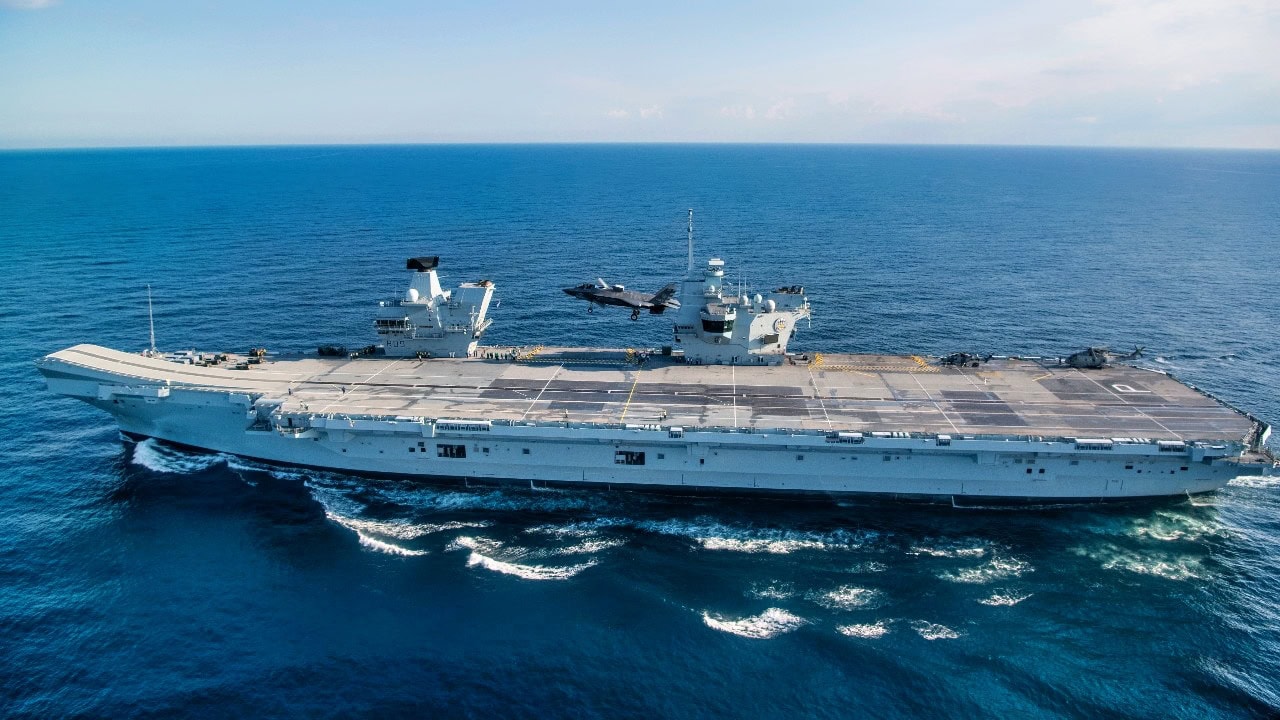
HMS Prince of Wales Aircraft Carrier.
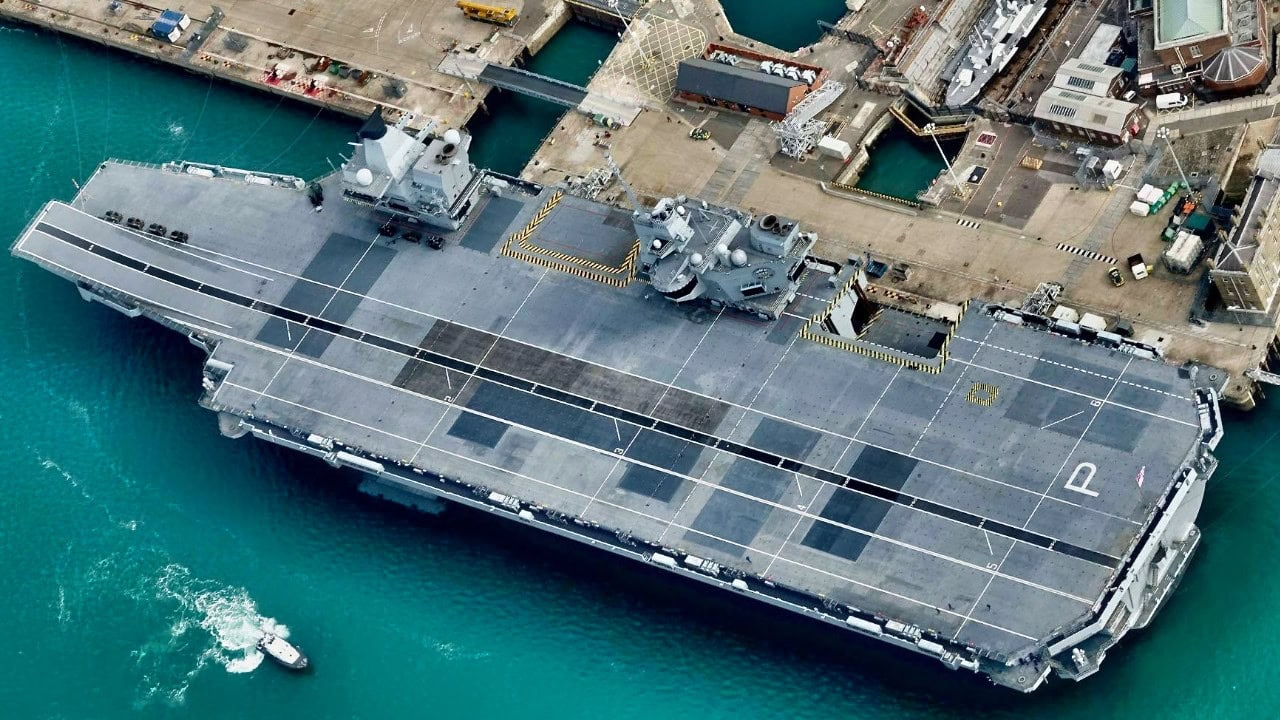
Royal Navy HMS Prince of Wales Aircraft Carrier. Image Credit: Creative Commons.
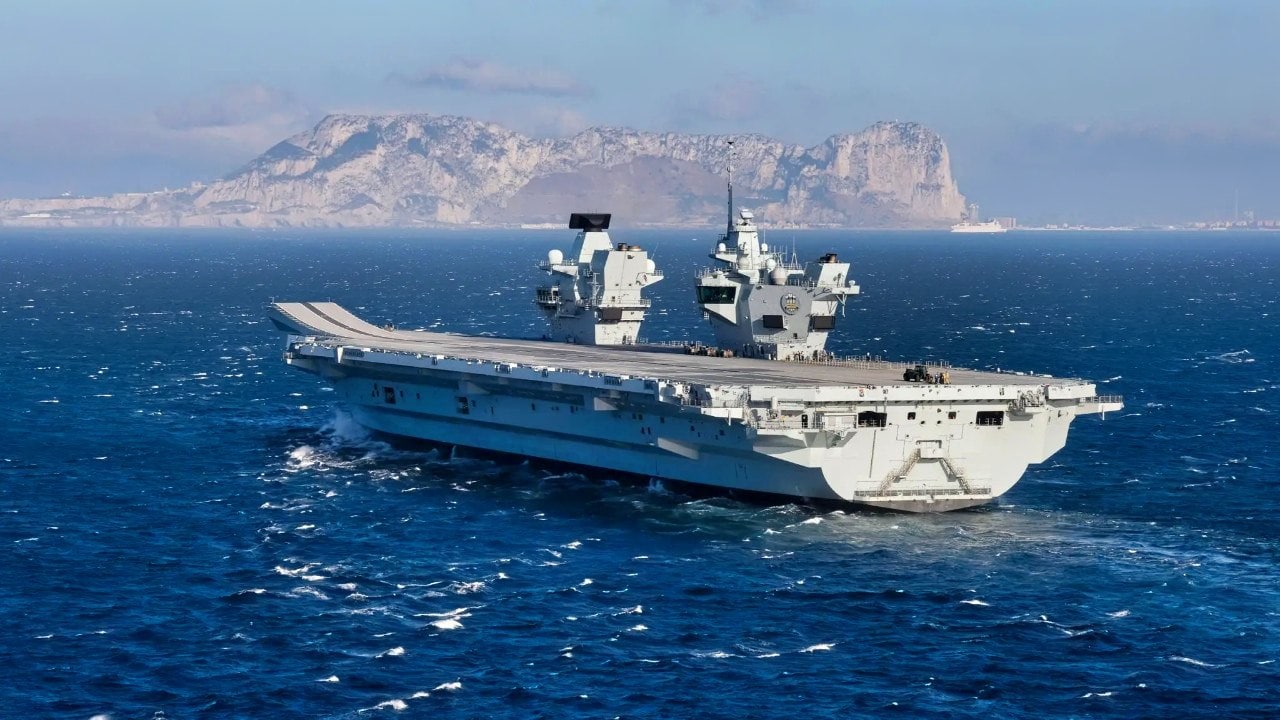
HMS Prince of Wales Royal Navy. Image Credit: Royal Navy.
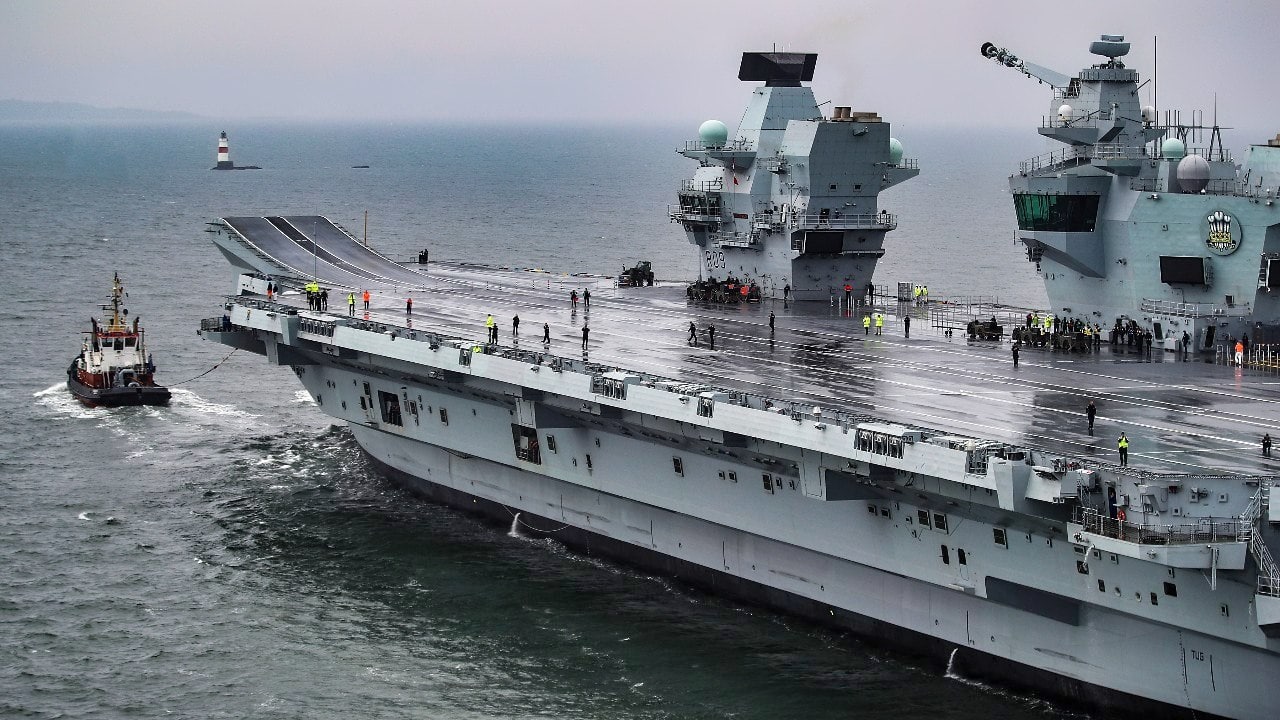
HMS Prince of Wales Aircraft Carrier Queen Elizabeth-Class Aircraft Carrier. Image Credit: Creative Commons.
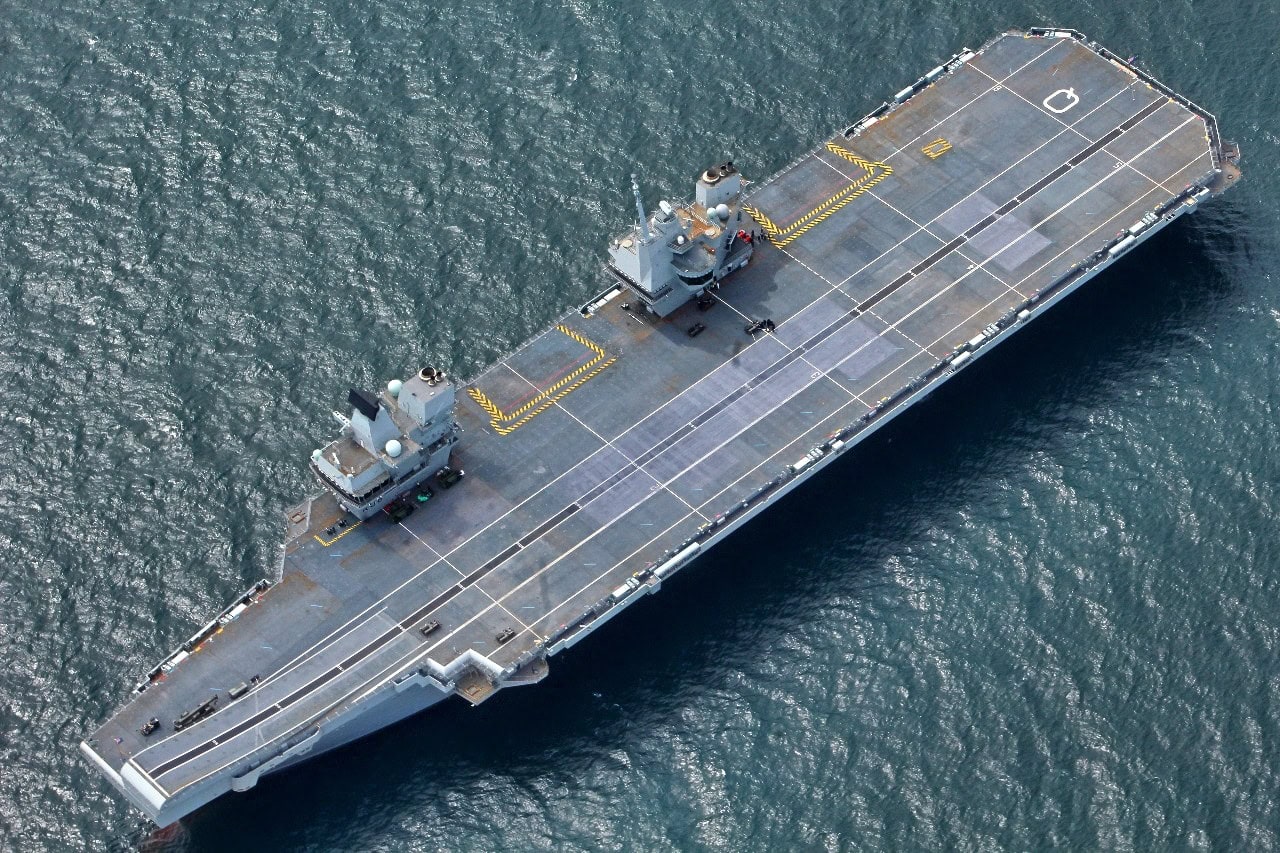
Pictured is an aerial view of HMS Queen Elizabeth as she conducts vital system tests off the coast of Scotland. HMS Queen Elizabeth left Rosyth, where she has been under construction since 2014, to conduct sea trials. Type 23 frigates Sutherland and Iron Duke joined the 65,000-tonne aircraft carrier, along with Merlin Mk2 helicopters of the Fleet Air Arm, to guard the seas as the trials get under way. The Queen Elizabeth Class Carriers are the biggest warships ever built for the Royal Navy – four acres of sovereign territory, deployable across the globe to serve the United Kingdom on operations for 50 years. HMS Queen Elizabeth and HMS Prince of Wales will be the most advanced warships in the Royal Navy fleet. They are the future flagships of the nation. Initially the ships will carry helicopters. The vast flight deck and hangar can accommodate any helicopter in Britain’s military inventory.
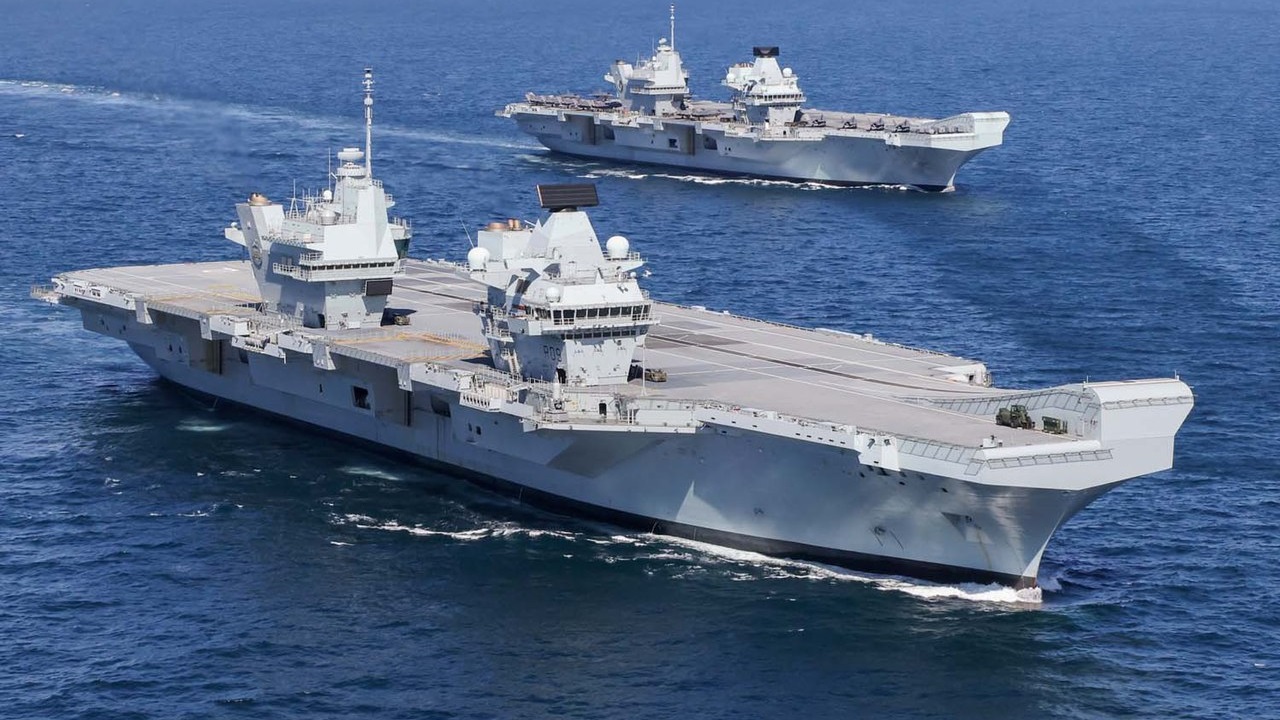
HMS Prince of Wales and HMS Queen Elizabeth pictured at sea for the first time…Wednesday 19 May 2021 saw a historic moment in Britain’s carrier renaissance as HMS Queen Elizabeth and HMS Prince of Wales met at sea for the first time. With two 65,000 tonne carriers in operational service, Britain has a continuous carrier strike capability, with one vessel always ready to respond to global events at short notice. Image: Creative Commons.
About the Author:
Steve Balestrieri is a 19FortyFive National Security Columnist. He served as a US Army Special Forces NCO and Warrant Officer. In addition to writing for 19FortyFive, he covers the NFL for PatsFans.com and is a member of the Pro Football Writers of America (PFWA). His work was regularly featured in many military publications

